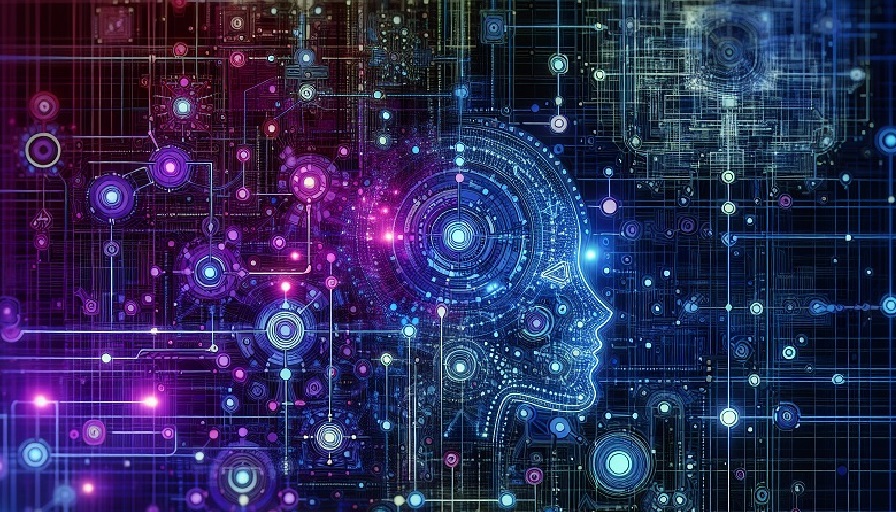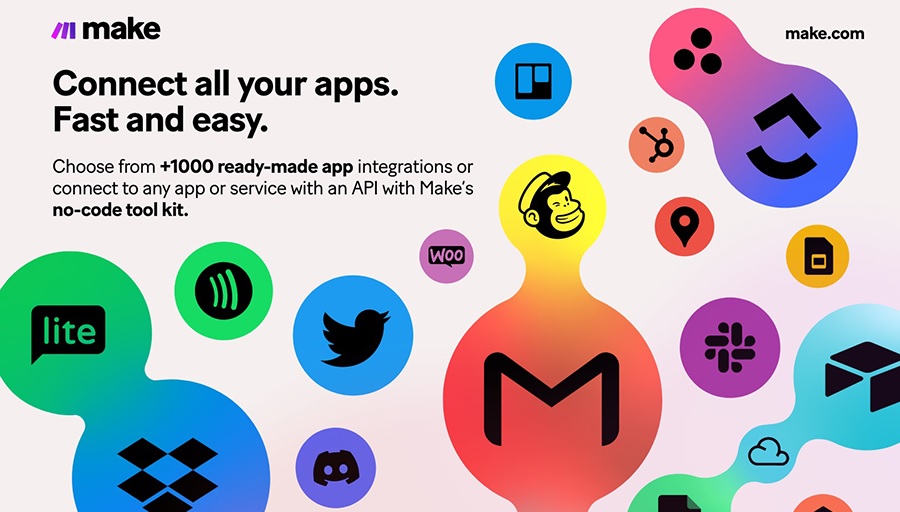
Artificial intelligence is often discussed in terms of potential, but in many organizations it is already shaping the way work gets done. AI-powered workflows are not abstract concepts – they are practical solutions being applied every day to streamline processes, reduce costs, and unlock new opportunities. By connecting data, systems, and decision-making, AI workflows bring intelligence into routine business operations. The result is a powerful shift in how companies operate, compete, and grow.
Contents
What Are AI-Powered Workflows?
A workflow is simply a series of steps taken to complete a process. Traditional workflows often rely on manual effort or rigid automation. AI-powered workflows add intelligence to the mix, enabling systems to:
- Interpret context: Understanding not just data inputs but the intent behind them.
- Make decisions: Choosing actions based on rules, patterns, and predictions.
- Adapt dynamically: Adjusting steps when conditions change.
- Learn continuously: Improving accuracy and efficiency over time.
By combining automation with intelligence, these workflows go beyond efficiency – they create smarter, more resilient organizations.
Applications Across Business Functions
Customer Support
AI-powered workflows are redefining customer service. Chatbots and virtual assistants handle routine queries such as order tracking, return policies, and account updates. Behind the scenes, workflows escalate complex cases to human agents, update customer records, and analyze interaction data to identify service gaps. The result is faster response times, reduced workloads, and better customer experiences.
Sales and Marketing
In sales, AI workflows qualify leads automatically by analyzing engagement data, purchase history, and customer behavior. Promising leads are prioritized, while others are nurtured through targeted campaigns. In marketing, AI-powered workflows personalize outreach at scale. For instance, customers receive tailored product recommendations and dynamic pricing offers based on real-time signals, increasing conversion rates.
Human Resources
HR departments use AI workflows to automate recruiting, onboarding, and employee engagement. Candidates are screened using intelligent systems that analyze resumes, match skills to job descriptions, and schedule interviews automatically. Once hired, new employees receive personalized onboarding journeys, complete with training materials and system access provisioned by AI-driven workflows.
Finance and Accounting
Finance teams rely on AI-powered workflows for tasks such as expense management, invoice processing, and fraud detection. For example, an invoice workflow can automatically capture details from a scanned document, verify it against purchase orders, and schedule payment – all without human involvement. These systems also monitor for anomalies, flagging unusual transactions for review.
IT and Operations
AI workflows simplify IT management by automating patching, monitoring, and incident response. When an issue arises, workflows diagnose the problem, implement fixes, and notify the team. Operations teams benefit as well, with workflows that optimize supply chains, manage inventory, and ensure quality control across production processes.
Industry-Specific Applications
Retail
Retailers use AI workflows to manage inventory in real time, forecast demand, and personalize shopping experiences. For instance, when stock runs low, a workflow automatically places replenishment orders while notifying sales teams of product availability updates.
Healthcare
Hospitals and clinics use AI workflows for patient scheduling, medical imaging analysis, and treatment recommendations. Automated workflows coordinate lab results, alert doctors to urgent cases, and streamline communication between departments, improving patient outcomes and efficiency.
Logistics
In logistics, AI workflows track shipments, reroute deliveries, and predict delays. By integrating weather data, traffic reports, and customer preferences, these workflows optimize routes and reduce operational costs.
Manufacturing
Manufacturers apply AI workflows to predictive maintenance. Sensors collect data from machines, and workflows analyze the data to predict breakdowns before they happen. Maintenance is scheduled automatically, reducing downtime and costs.
Benefits of AI-Powered Workflows
- Efficiency Gains: Processes run faster and with fewer errors.
- Cost Savings: Automation reduces manual labor while preventing waste.
- Scalability: Workflows handle increasing workloads without proportional staff increases.
- Better Decision-Making: AI insights help businesses respond to trends in real time.
- Enhanced Customer Experiences: Faster, personalized interactions drive loyalty.
Challenges of Implementing AI Workflows
Integration Complexity
Most organizations operate with a mix of legacy and modern systems. Building workflows that connect these environments can be complex and resource-intensive.
Data Quality
AI workflows rely on accurate, timely data. Poor data leads to poor decisions. Companies must invest in data governance and cleaning processes.
Employee Adoption
Automation changes how people work. Employees may worry about being replaced or struggle to adapt to new systems. Training and communication are essential to ensure adoption.
Security Risks
Workflows often handle sensitive data, creating potential security vulnerabilities. Strong access controls, encryption, and monitoring are vital safeguards.
Steps for Businesses to Get Started
Identify High-Impact Processes
Focus on workflows that consume the most time or create frequent bottlenecks, such as customer onboarding or invoice processing.
Start with Small Pilots
Implement automation in a limited scope, measure results, and expand gradually. Small wins build momentum and confidence across the organization.
Ensure Cross-Functional Collaboration
AI workflows touch multiple departments. Success requires collaboration between IT, business leaders, and end users to align goals and expectations.
Monitor and Evolve
Workflows should not be static. Monitor performance, gather feedback, and refine processes continually as business needs evolve.
The Future of AI-Powered Workflows
As AI continues to mature, workflows will become increasingly autonomous. Instead of waiting for triggers, they will predict needs and act proactively. Imagine a supply chain workflow that predicts shortages months in advance or a customer engagement workflow that offers solutions before a complaint is made. These capabilities will shift businesses from reactive problem-solving to proactive innovation.
Another emerging trend is democratization. Low-code and no-code platforms will allow non-technical staff to design and deploy AI workflows. This will empower employees across departments to automate their own processes, unleashing creativity and efficiency across the organization.
AI-powered workflows are no longer futuristic ideas – they are practical tools transforming business operations today. From retail to healthcare to manufacturing, real-world applications demonstrate their power to reduce costs, improve efficiency, and enhance customer experiences. While challenges remain around integration, data quality, and adoption, the benefits far outweigh the risks. Organizations that embrace AI workflows now will not only streamline operations but also position themselves for long-term success in an increasingly competitive landscape.

